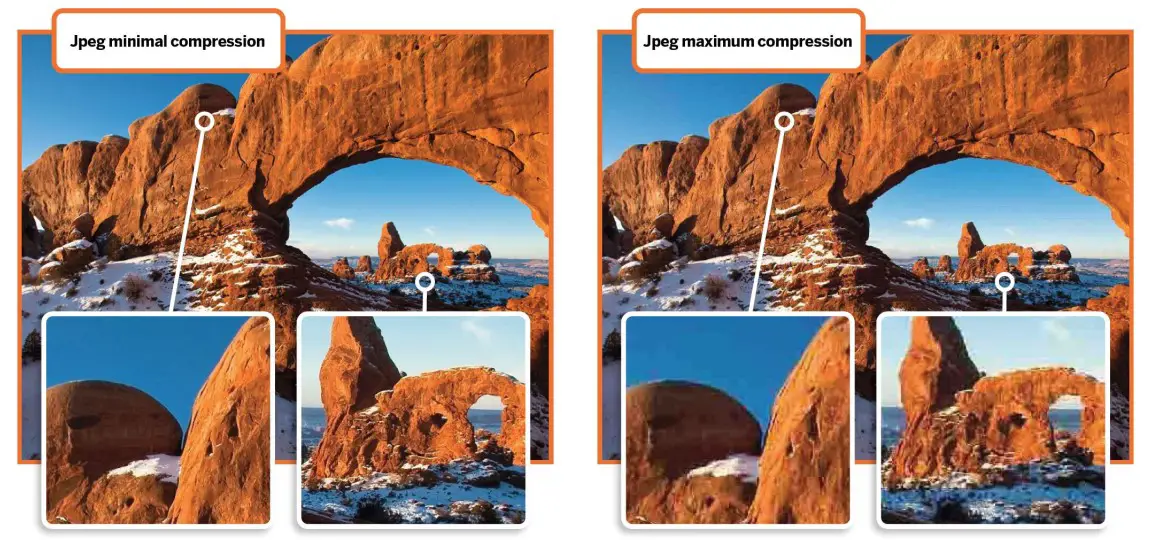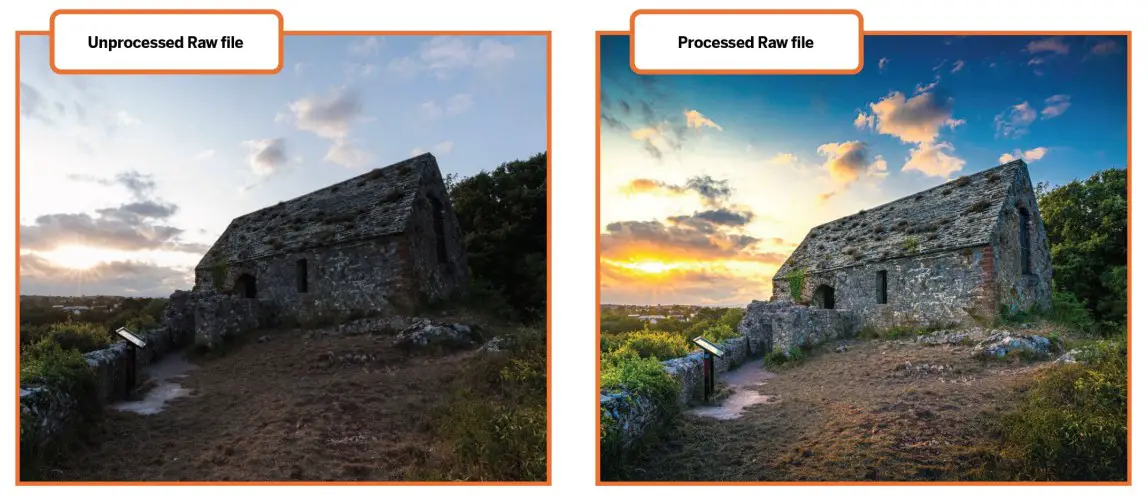Photographers have long debated the choice between shooting in JPEG or RAW, with proponents on both sides of the argument. Some advocate for the ease and convenience of JPEG, while others emphasize the advantages of the RAW format. So, which should you choose: RAW or JPEG? Is the processing of RAW photos overly complex? Can JPEGs provide everything you need for outstanding final photographs? Here’s a comprehensive comparison of the two formats to help you make an informed decision.
SEE ALSO: 6 Best AI Apps to Create Free Images and Get Things Done
JPEG Format

Let’s begin with the JPEG format, which is likely the most commonly encountered image type. JPEG is undeniably the most popular image format for storing photos, offering the ability to display millions of colors and the option for compression to reduce overall file size. JPEG uses a “lossy” compression method, meaning that as you compress the image more, you lose more image data. Higher compression levels result in more data loss and a degradation of image quality, with details being sacrificed for a smaller file size. On the other hand, minimal compression retains more data and preserves details at the cost of a larger file size.
When you shoot in JPEG format with your digital camera, the image file it produces is fully processed according to the settings you’ve configured on your DSLR. This includes adjustments like White Balance, Sharpening, Saturation, and compression levels, all applied at the time of shooting. Shooting in JPEG can save you time in post-processing, especially for standard shooting conditions or situations where you anticipate capturing a large number of shots, such as action sequences using burst mode. This is due to the significant space-saving advantage offered by JPEG, as a typical JPEG file from a modern DSLR is around 5MB, approximately six times smaller than its RAW counterpart. Additionally, the smaller file size means you can capture more JPEG images in burst mode, as there’s less data to write to your memory card compared to RAW.
However, there is a downside to shooting in JPEG. Any errors in the applied settings, such as overexposure, incorrect white balance, or excessive sharpening, may be irreversible once you transfer the files to your computer. JPEGs also have a narrower dynamic range, limited from pure white to solid black, compared to RAW files. With up to 16 million colors, it’s crucial to ensure accurate exposures during shooting.
RAW Format

The other side of the debate centers around RAW files. As the name suggests, a RAW file is essentially an unprocessed data readout directly from the camera’s sensor. These files are often referred to as “digital negatives” because they require substantial post-processing to unlock their full photographic potential. With RAW, you are given the raw ingredients, and it’s up to you to transform them into a culinary masterpiece.
JPEGs can contain up to 16 million colors, but RAW files are capable of capturing over 68 billion colors. One of the most significant advantages of shooting in RAW is its expansive dynamic range. This format is highly favored by landscape photographers because it allows for the recovery of data from highlights and shadows, resulting in the best possible image quality.
They boast a wider dynamic range compared to JPEG, allowing you to recover a significant amount of data from both underexposed and overexposed images. If you seek the highest initial image quality, then RAW is the way to go. These files come without any sharpening applied, which means you can employ more robust sharpening tools during post-processing. Additionally, since they employ lossless compression, there’s no image degradation or artifacts from the compression process.
Another significant advantage of RAW is its flexibility in terms of white balance settings. If you happen to use the wrong settings, it’s not an issue. These settings, along with others, can be adjusted or removed during post-processing, as they don’t directly impact the RAW file and serve merely as references. As previously mentioned, to make the most of RAW files, you’ll need to be well-versed in processing them properly. This can be a time-intensive endeavor, especially when dealing with a large number of images. RAW files also tend to be considerably larger than JPEGs. For instance, a typical RAW file from a 36MP Nikon D810 may be around 72MB. Consequently, your digital storage solutions should be robust, and your computer should have sufficient power to handle these larger files. Moreover, it’s worth noting that RAW files are not standardized – Canon cameras produce CR2 format images, while Nikon produces NEF files. As a result, they are not cross-compatible. You can’t upload a RAW file to a social media platform because it won’t recognize the format, necessitating the conversion of processed files into another format, such as JPEG or perhaps TIFF, for sharing.
In summary, the benefits of shooting in RAW format are undeniable, especially for those who value the ability to recover data from extreme highlights and shadows. However, it’s essential to be aware of the additional post-processing work required when shooting in RAW, making it a preferred choice for photographers who are comfortable with extensive editing and demand the highest quality output. Ultimately, the choice between JPEG and RAW depends on your photography style, preferences, and willingness to invest time in post-processing.
In Summary
Summarizing this debate is a bit challenging. Hopefully, the points discussed have provided you with a better understanding of these two formats, and you may have made a choice that suits your needs. One notable aspect of modern cameras is their ability to switch between formats, allowing you to adapt your choices to the specific task at hand. For instance, if you are a landscape photographer seeking the utmost quality, then RAW is the clear choice. On the other hand, if you’re at a casual gathering, capturing moments for sharing, then JPEG is the more practical option. That’s the beauty of modern digital cameras – they offer the freedom to select between image quality and file size; it’s just a matter of choosing your image format wisely.

Comments